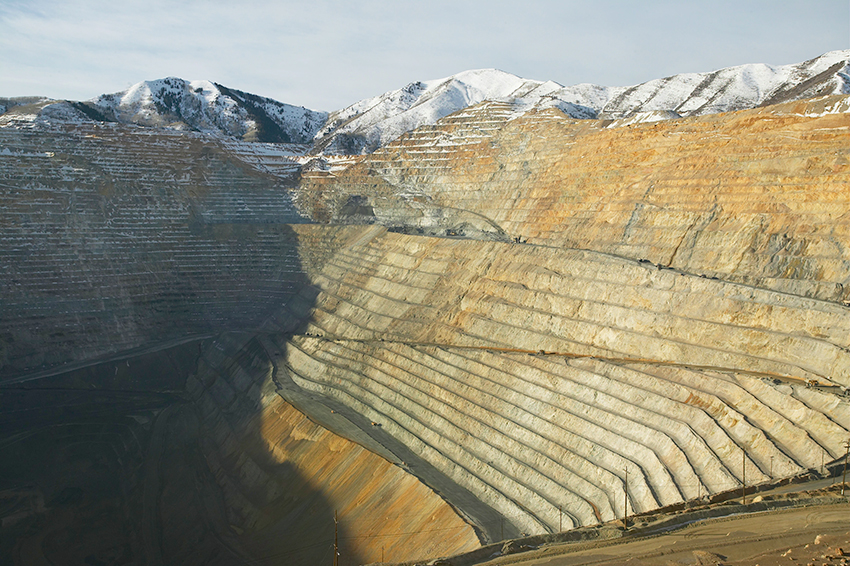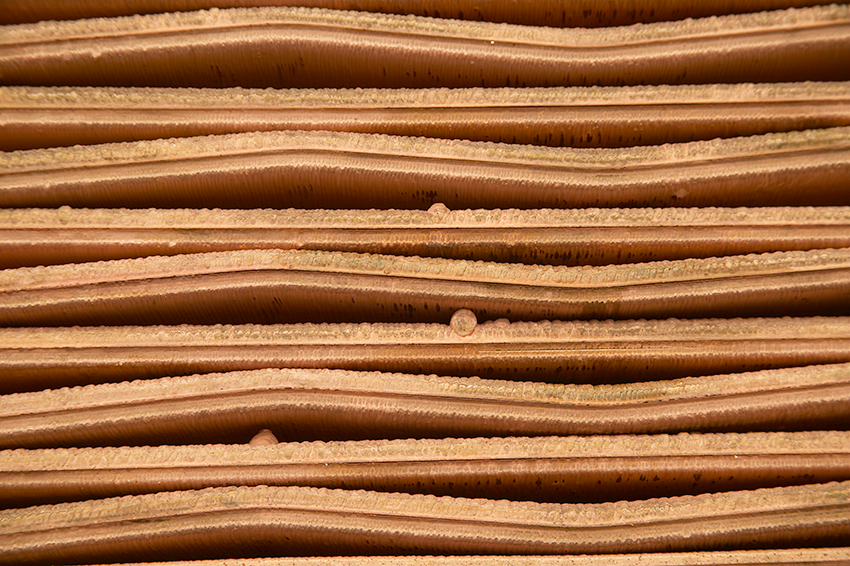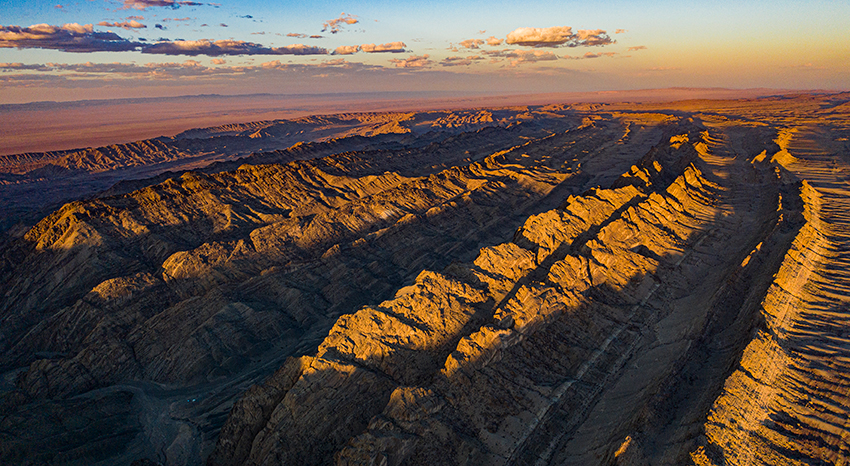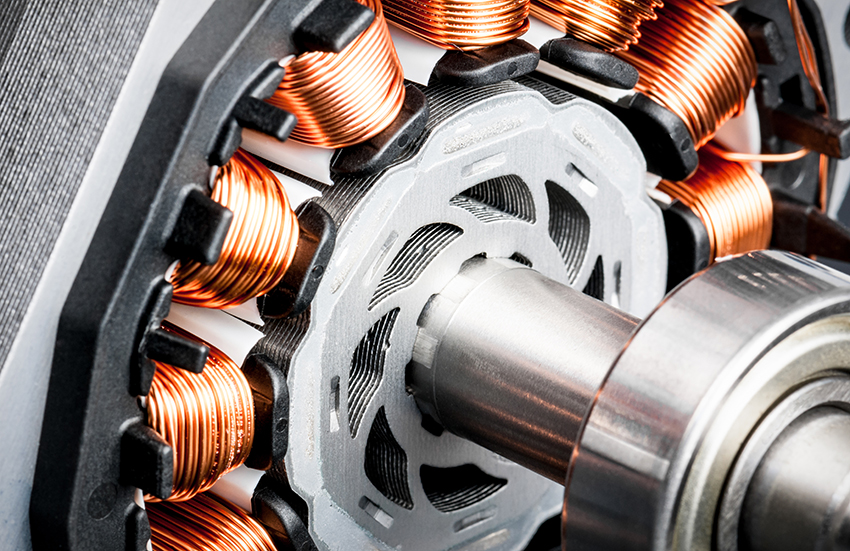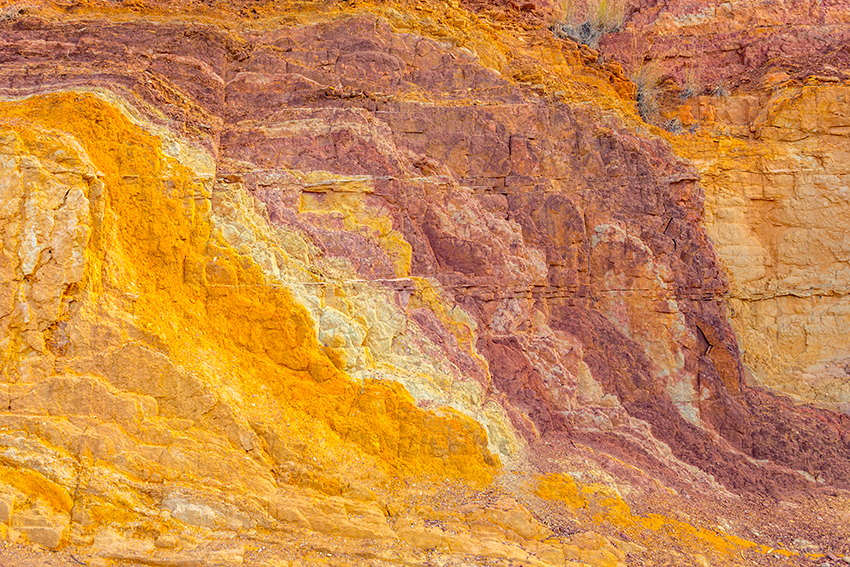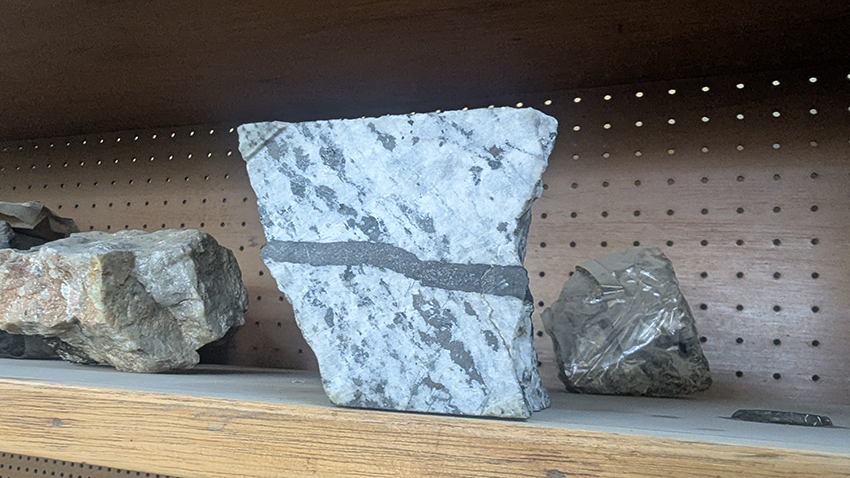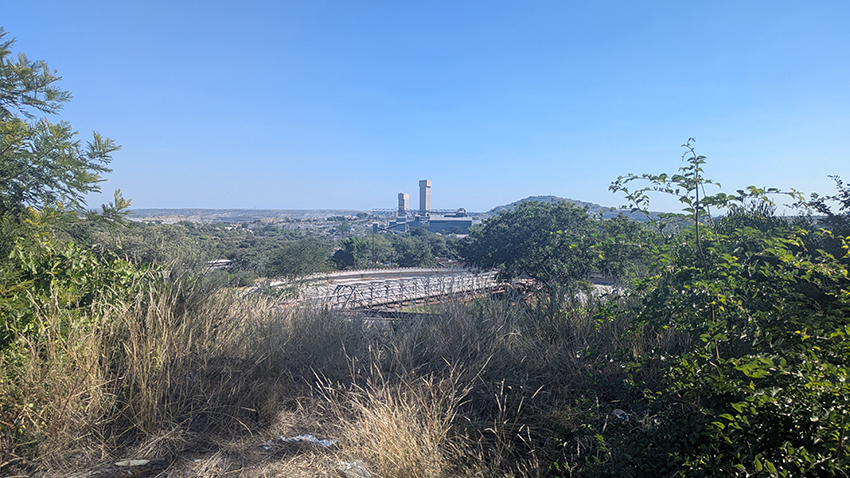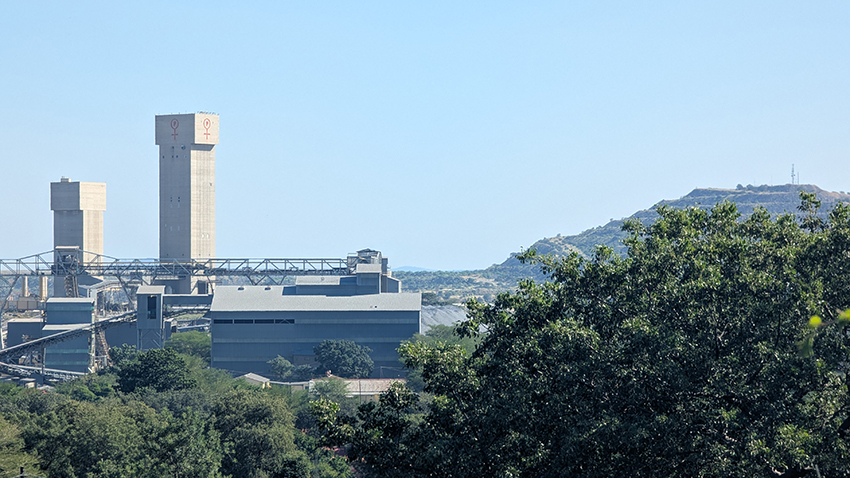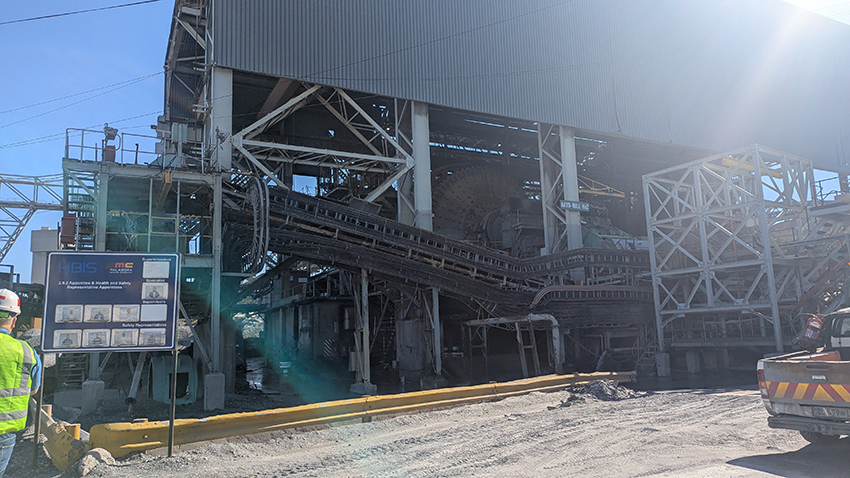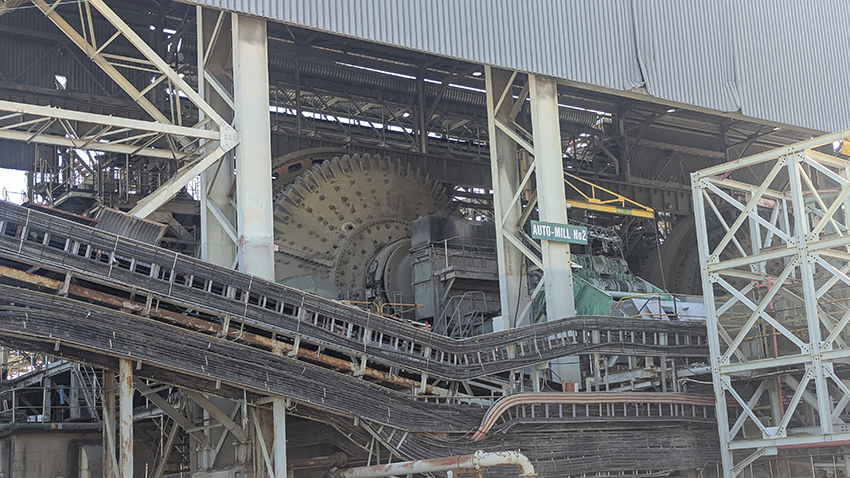Knowledge review and mapping
Mapping copper knowledge to shape a fair energy transition
challenge
What’s the problem we’re trying to
solve?
Copper is at the heart of the global energy transition- essential for everything from renewable power to electric vehicles. But before we can build better ways to mine, process, or substitute copper, we need a deep and wide-ranging understanding of the copper landscape itself: where it comes from, how it’s used and what it means across contexts and cultures.
Current knowledge about copper deposits, extraction methods, supply chains and socio-environmental impacts is scattered across disciplines, regions and perspectives. Much of it reflects industrial or geopolitical priorities, while Indigenous knowledge systems and community experiences remain underrepresented.
Without a holistic, transdisciplinary view of copper’s past, present and future, our efforts to transform its use and reduce its impacts risk missing the bigger picture.
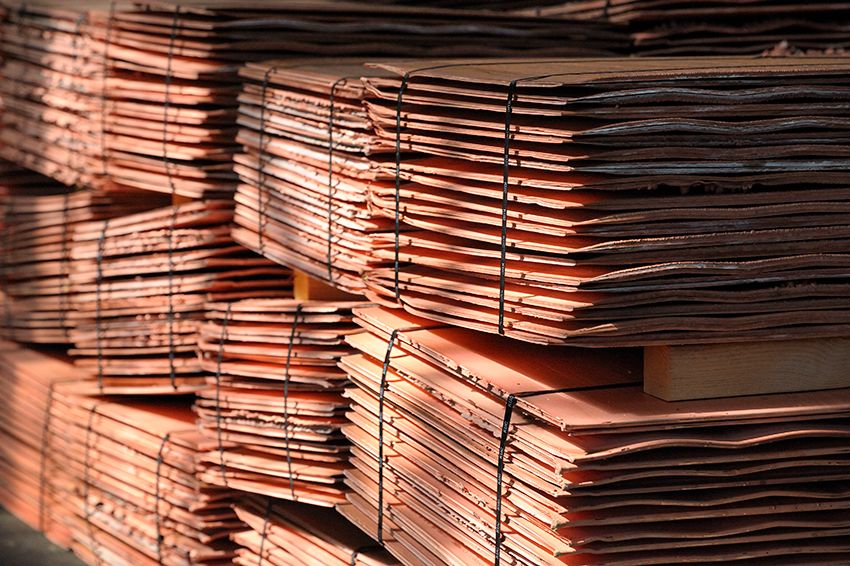
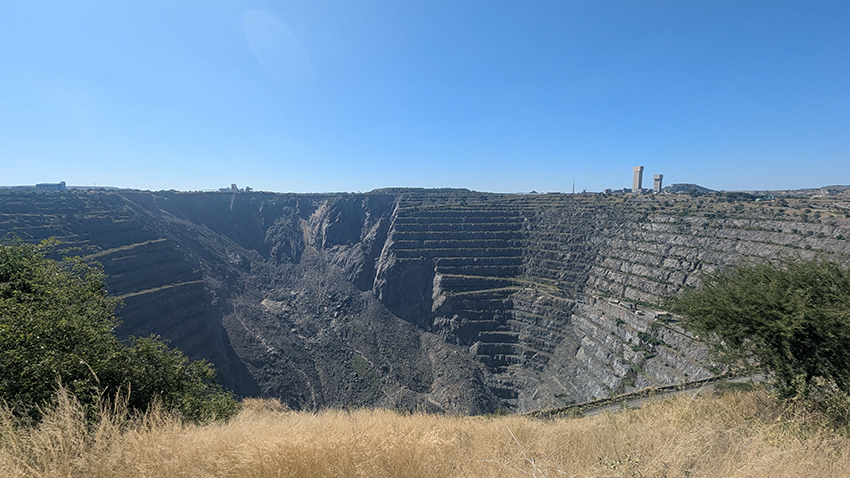
solution
How does this research provide a solution?
This research sets the foundation for all future work at the Rio Tinto Centre for Future Materials by assembling a comprehensive knowledge base on copper: its geology, supply chains, processing, environmental legacy, governance systems and cultural meanings.
It goes beyond compiling data. By applying transdisciplinary methods from history and political economy to anthropology and materials science, the team is interrogating how knowledge about copper is produced, what gaps exist and how those gaps can be addressed to support a fair and effective energy transition.
Crucially, this work recognises copper as not just a material, but a socio-ecological actor that shapes and is shaped by the communities, landscapes and institutions around it.
process
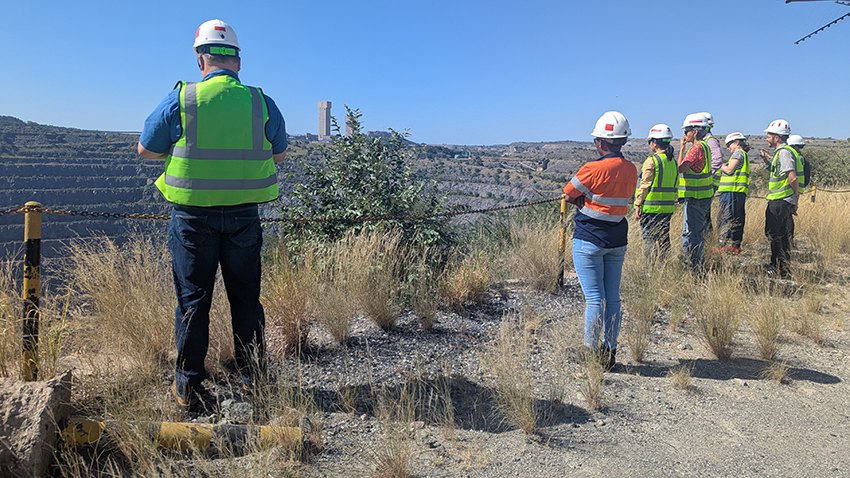
What exactly are we doing?
This work package is conducting a global, historical and cultural review of copper-related knowledge. Work packages consist of:
- Assembling and analysing existing knowledge: Reviewing academic literature, commercial reports, and Indigenous understandings of copper deposits, extraction, processing, closure and recycling.
- Exploring future demand scenarios: Mapping projections for copper demand across energy transition applications, including where that demand is likely to originate and grow.
- Evaluating research methodologies: Investigating the methods that have shaped copper knowledge identifying where they succeed, where they fall short and what alternatives might be needed.
- Mapping path dependencies: Tracking how thinking about copper and its social and environmental implications have evolved over time, including geopolitical conflicts, resource nationalism, the development of markets and the work of Indigenous claims and exclusions
- Identifying knowledge gaps: Highlighting missing perspectives, under-researched regions, and overlooked impacts, proposing ways to address them in future research.
The knowledge generated here will shape and guide every other work package in the Centre, from biomining to materials substitution.
team
Who’s involved?
This work package is led by two globally respected experts in materials science and political economy:
Fiona Doyle– University of California, Berkeley
Keith Breckenridge– University of the Witwatersrand
Together, they bring deep expertise in extractive industries, global resource governance, African political economies, and the social and technical dimensions of mining and materials.
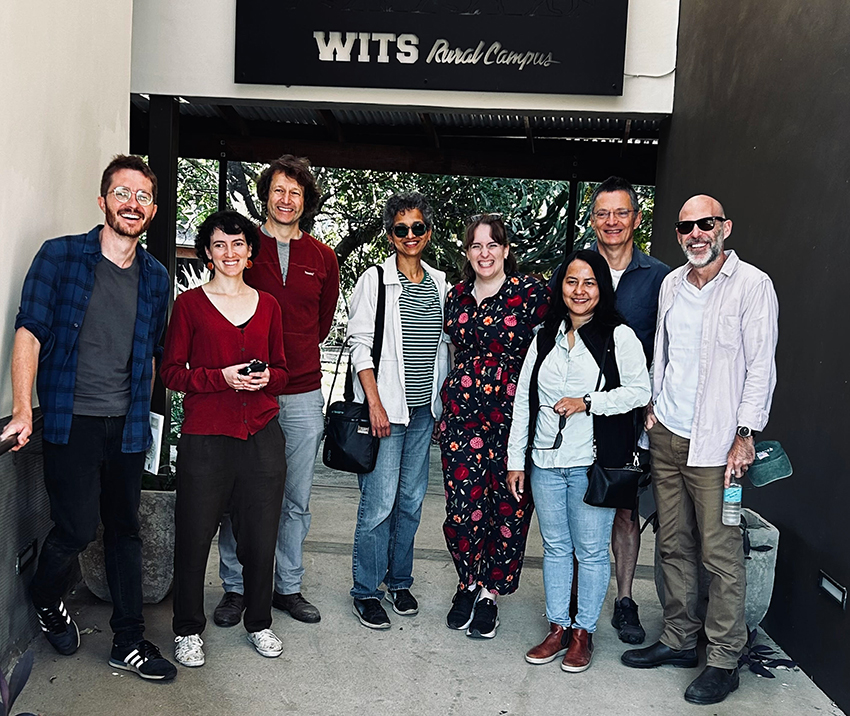
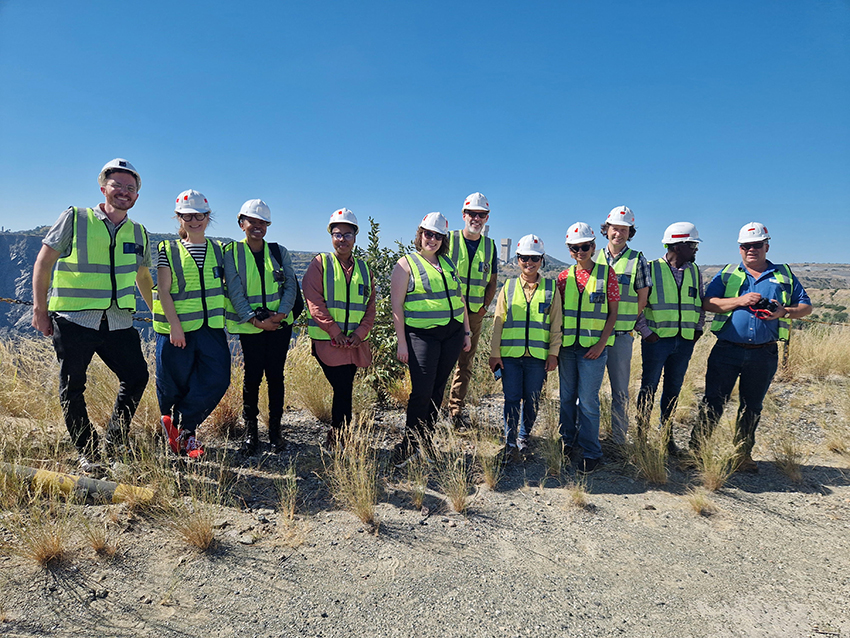
goals
What are our objectives and long-term goals?
- Create a robust, transparent, and secure data infrastructure across copper systems
- Develop predictive models and digital twins to optimise copper extraction and processing
- Support ESG, compliance, and environmental performance through accountable data tools
- Advance Indigenous Data Sovereignty and equitable access to copper system insights
- Enable collaboration through visualisation tools, training, and public-facing dashboards
The Cu Observatory redefines how data is used in copper mining, setting a new standard for digital stewardship in critical minerals sectors.
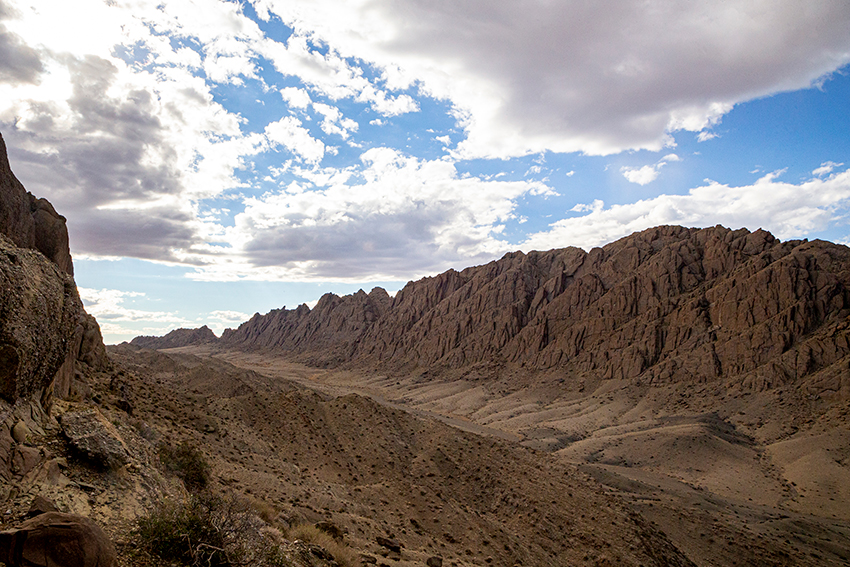
Sign up
to our newsletter
Stay informed with the latest research breakthroughs, expert insights and updates from the Rio Tinto Centre for Future Materials. Sign up to our newsletter to connect with a global community driving innovation in sustainable materials and the energy transition.
